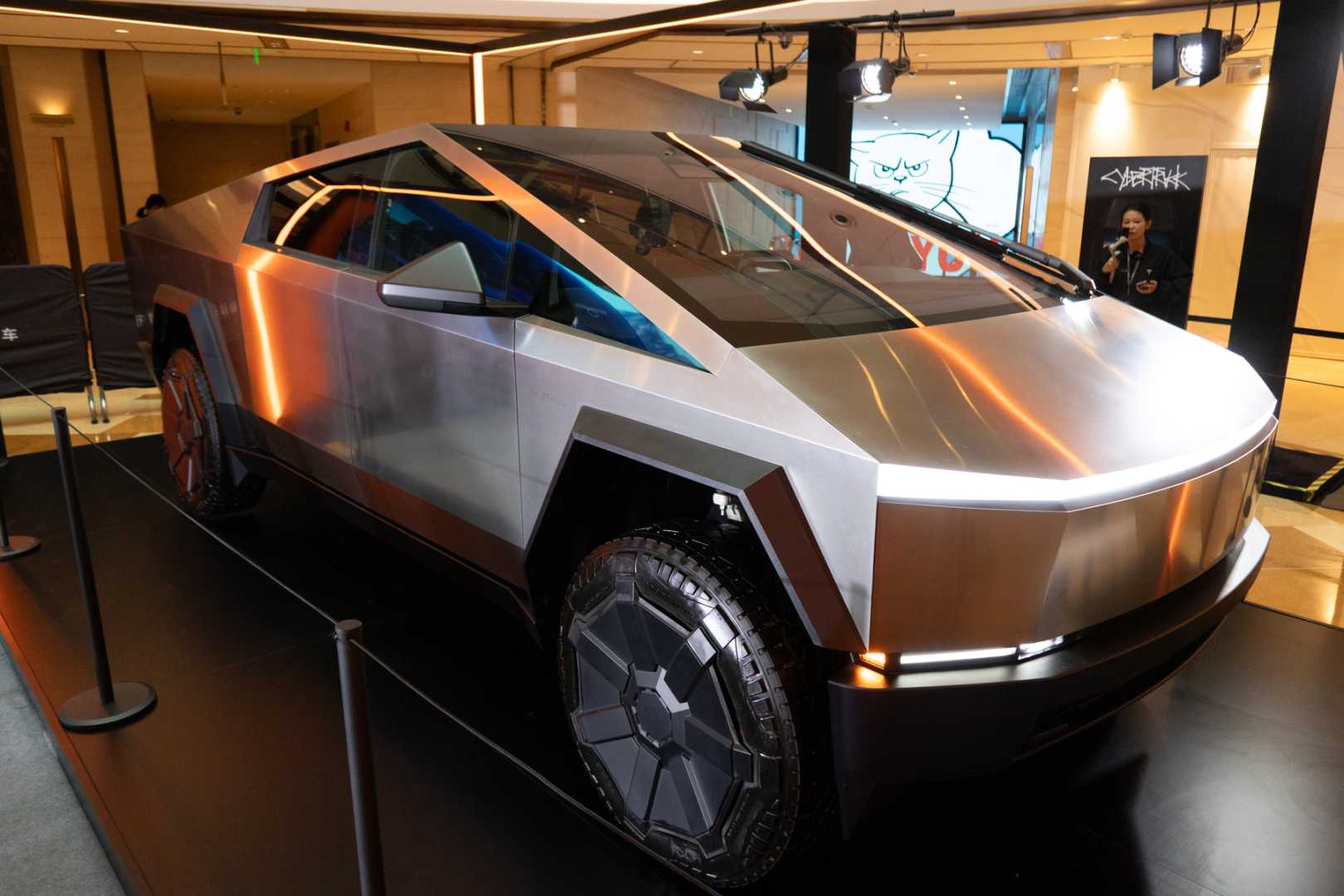Business
Tesla Cybertruck: A Lesson in Automotive Miscalculation

AUSTIN, Texas – The Tesla Cybertruck, once heralded as a revolutionary vehicle by CEO Elon Musk, is now facing harsh scrutiny as reports indicate that its sales have plummeted well below expectations. After more than a year on the market, the 6,600-pound electric pickup truck, which starts at $82,000, is being compared to some of the biggest flops in automotive history.
Industry experts are pointing to multiple factors that have contributed to the Cybertruck’s poor performance. It has recorded eight recalls in just 13 months, damaging its already frail reputation for quality. The most recent recall involved issues with the vehicle’s rear lights, underscoring ongoing safety concerns. With only around 40,000 units sold in 2024, the Cybertruck is far from the projected 250,000 annual sales Musk envisioned.
“It’s right up there with Edsel,” remarked Eric Noble, president of CARLAB, referring to the notorious Ford Edsel. “This is a huge swing and a huge miss.” Similar sentiments were echoed by Ben Kallo of Baird, who stated that the recalls have likely further impacted sales in a quarter where Tesla’s overall deliveries fell short of expectations.
In the first quarter of 2025, Tesla delivered approximately 337,000 vehicles, well below the anticipated 408,000. This decline has raised doubts about the Cybertruck’s future, especially as Tesla’s overall models did not break out sales figures for the vehicle.
Musk had previously boasted about the high demand for the Cybertruck, claiming during a results call in November 2023 that over 1 million people had reserved the vehicle. However, as analysts like Glenn Mercer of GM Automotive pointed out, the results do not align with Musk’s optimistic projections. “They capacitized to sell a lot, but the market demanded much less,” Mercer said, noting that the production adjustments made at Tesla’s Austin Gigafactory have not translated into expected sales increases.
Interestingly, Musk’s design choices, influenced heavily by a penchant for sci-fi aesthetics, also undermined the vehicle’s market viability. The decision to forego paint, opting instead for stainless steel, not only complicated production but also presented challenges in terms of body durability. “They drooled over not spending $200 million on a paint shop but likely spent that much trying to make the stainless steel work,” Mercer explained.
The Cybertruck’s distinctive appearance has created additional hurdles. Musk intended it to stand apart in the pickup market, which has remained fairly traditional for decades. However, this unique styling has alienated potential buyers who favor functionality over flamboyance, leading to criticism regarding its usability. “The spectacular failure of Cybertruck was a failure of empathy,” Noble commented, outlining how its design ignored the needs and preferences of pickup truck customers.
Compounding these issues is the vehicle’s pricing strategy. Musk initially promised a base model starting at $39,900, but current prices are significantly higher, with the lowest variant listed at $72,490 and the most expensive model, dubbed the “Cyberbeast,” reaching over $105,000.
Cybertruck’s steep pricing, coupled with negative public reception and quality concerns, has led to concerns about its resale value. Analysts suggest that current buyers spotlight the vehicle for its lower resale compared to models from competing manufacturers, suggesting a challenging future for the truck.
As the automotive market evolves, the Cybertruck’s fate remains uncertain. Musk’s prior faith in the vehicle’s market demand has proven unfounded, placing Tesla at a crossroads as it grapples with the implications of such a widely criticized and financially disappointing launch. For an automaker that once dominated the electric vehicle space, the outcome of the Cybertruck could be a pivotal lesson in market strategy and consumer empathy.












